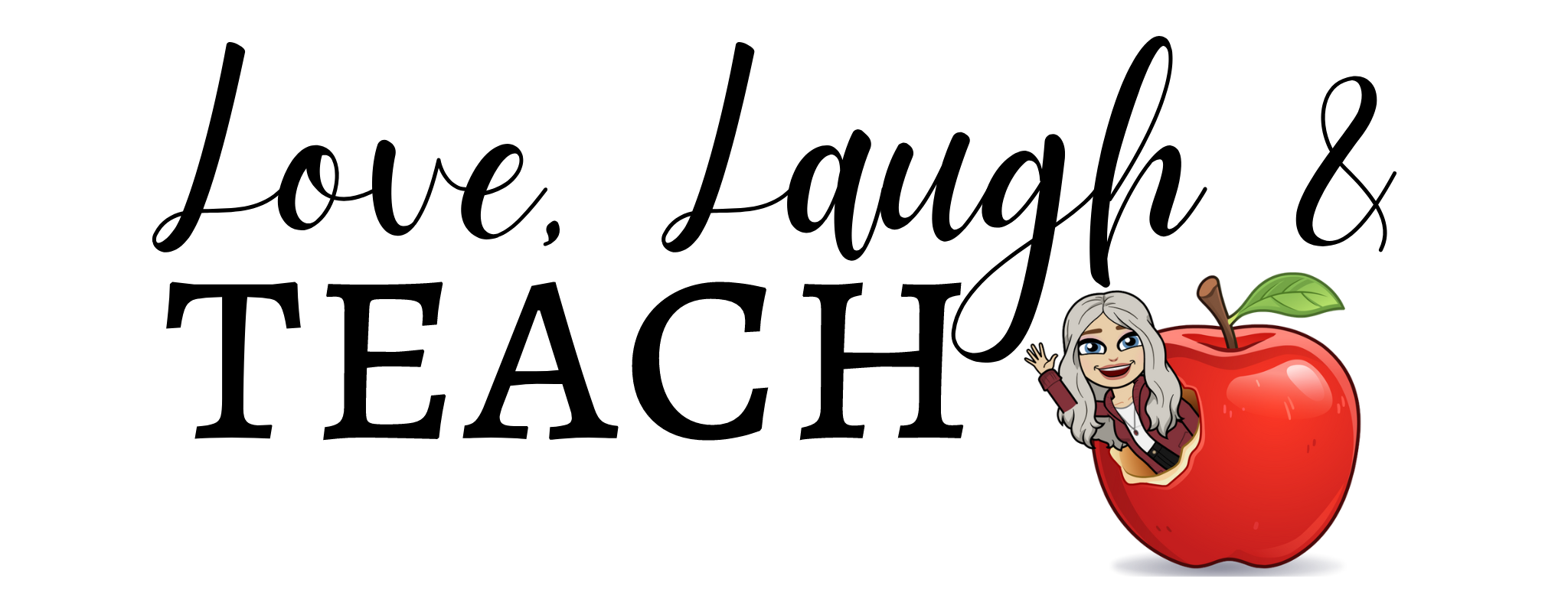Neurodiversity in the Classroom
I’m currently reading neurodiversity in the Classroom: Strengths-Based Strategies to Help Students with Special Needs Succeed in School and Life. I highly recommend this book. It’s a really good read for someone who is just starting with their UDL journey in education.
Organization of the Book
Chapter 1 focuses on the concept of neurodiversity, its background, and the author’s view of the strengths-based concept. Each additional chapter focuses on a different special needs category. What I love about this set-up is that I can easily go back to different chapters when I have a specific need for a student.
Each chapter contains the same sections:
- Background about the specific concept (ADHD, dyslexia, autism, etc.)
- Strengths Awareness – takes a look at the strengths this student may have
- Positive Role Models – a list of famous people throughout history who have been labeled but succeeded (in some cases, despite what others negatively believed about them)
- Assistive Technologies/Universal Design for Learning – pretty self-explanatory but contains suggestions for tools that can help a student
- Enhanced Human Resources – suggestions for relationships to help grow the students’ confidence and skills
- Strengths-Based Learning Strategies – the gold of this book where you can see strategies that you can use in your classroom to help your students showcase their strengths while meeting educational standards
- Affirmative Career Aspirations – a list of possible careers for students with each neurodiverse concept
- Environmental Modifications – ways to create the least restrictive environment whether that is in the classroom or the school itself
- Scenarios of Poor Niche Construction and Positive Niche Construction – positive niche construction is the “practice of differentiating instruction for the neurodiverse brain” (Armstrong, 2012).
- Sample Strategies for Applying Positive Niche Construction to Common Core State Standards – more gold to use in your classroom
- Further Study – ways in increase your understanding
Final Thoughts
I’m now on my own journey of discovery with Universal Design for Learning which is how I came across this book. (You’ll also see new books about UDL and neurodiversity pop up here as I learn more.) I really liked that I could read a couple chapters and feel as if I could implement the ideas into my lesson plans quickly. The concepts were easy to understand, and I didn’t feel as if I had to Google everything he was writing about as I read. The suggested strategies are numerous and diverse, and all you need is a desire to figure out how they can work in your classroom.
Get this book. You’ll be glad you did.
Want More?
“Neurodiversity: The Future of Special Education?” by Dr. Thomas Armstrong (article)
“Neurodiversity and Autism Spectrum Disorder: Strategies and Tools” by Dr. Thomas Armstrong (video)
“Neurodiversity and Dyslexia” by Dr. Thomas Armstrong (webinar – long)
Learn more about UDL with CAST (CAST website)
